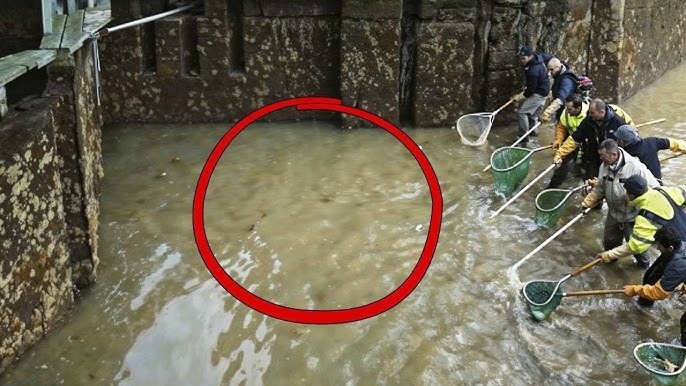This picturesque canal, one of the iconic places in Paris, was constructed in 1825 at the order of Napoleon Bonaparte to supply the city with drinking water. However, since then, its significance has undergone a dramatic change.
Having become a popular place for walks for both residents and tourists, the canal has acquired special cultural significance. But from time to time, it requires central cleaning and repairs.
Thus, at the beginning of 2016, the Paris authorities initiated a large-scale cleaning operation: in three months, it was necessary to drain 90,000 cubic meters of water completely, clear the canal’s bottom of garbage, and carry out maintenance.
The procedure is not new – in 2001, a similar operation yielded unexpected finds: at the bottom were not only 40 tons of garbage but also items of historical value, including shells from World War I, bathtubs, bicycles, and much more. In 2016, when the canal was cleaned once again, many Parisians and visitors to the capital watched the events with interest. Many hoped to see fabulous finds or even find long-lost personal items.
Before draining the canal, specialists carried out an operation to save living creatures: fishermen were given three days to relocate all the fish.
As before, approximately 40 tons of garbage were found, among them unexpected artifacts, including scooters, cars, Vélib’ bicycles, as well as a red and pink mobile phone, presumably one of the early smartphones.
They also found numerous glass bottles, jars, and other remnants of the city’s vibrant life.
Each such item is not just garbage but a time capsule with a unique history.
This operation showed that the bottom of Saint-Martin is not just a technical zone but a kind of archive hiding pieces of Parisian history.
That is why such events are essential not only for maintaining cleanliness but also for preserving cultural heritage.
The cleanup is conducted about once every ten years, and each time, it becomes a real adventure.
What they will find next time is anyone’s guess.

 Discuss
More news
Discuss
More news


